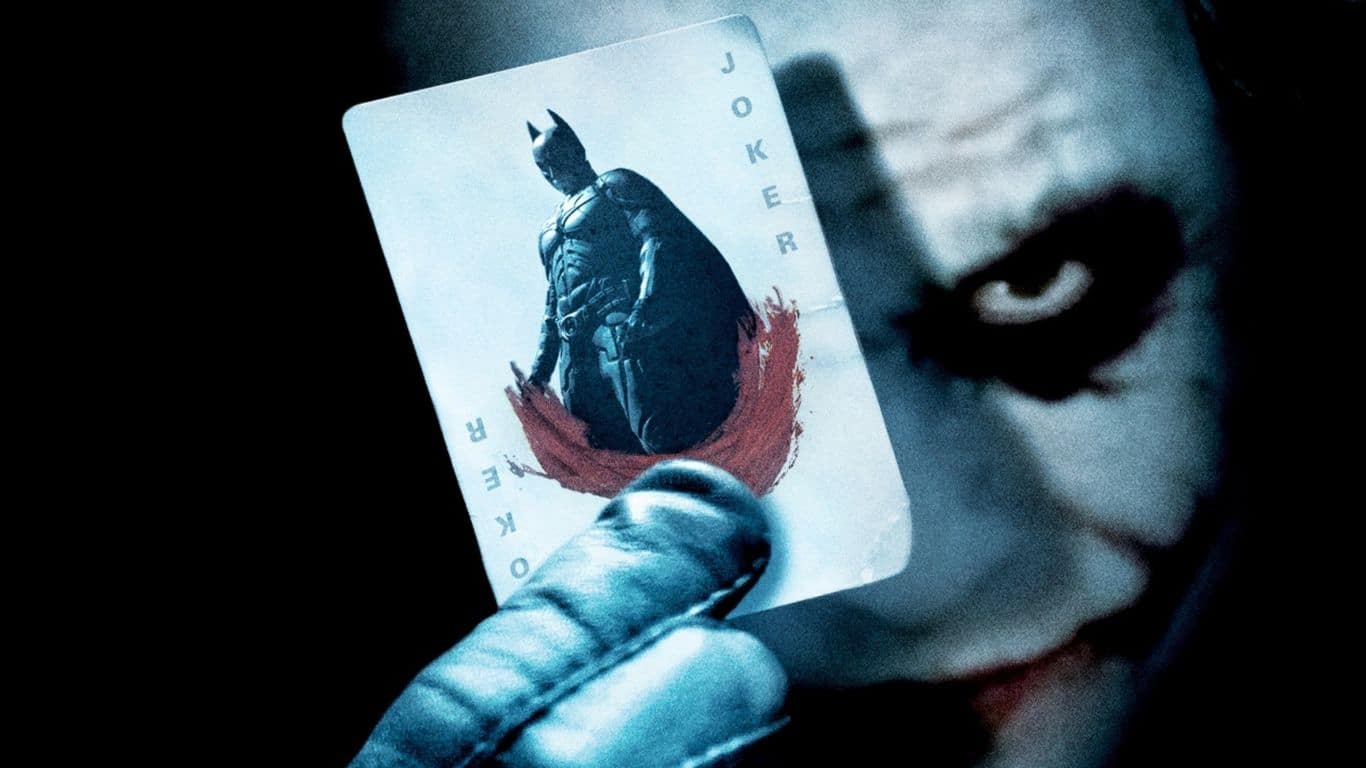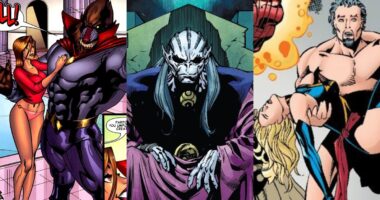From the conniving Cersei Lannister to the menacing Joker, iconic villains have the power to captivate audiences like no other characters. In this article “How to Write a Villain That Audiences Love to Hate”, we will explore the art of crafting a villain. A villain that evokes a mix of loathing and fascination in readers, leaving a lasting impression long after the story ends. We will delve into character development and discuss how authors can create a villain that readers love to hate.
Crafting a villain that audiences love to hate requires careful attention to character development, moral ambiguity, and the elicitation of strong emotional reactions. Through a well-crafted backstory, multidimensional personality traits, and morally ambiguous actions, authors can create villains that leave a lasting impression on readers’ minds.
By balancing hatred and fascination, authors can ensure their villains are remembered long after the final page, adding depth and complexity to their stories. So, embrace the challenge of creating a memorable villain and let your readers experience the thrill of hating a character they will never forget. But before you start writing here are two main points that you need to keep in mind:
- Understanding the Role of a Villain: Before we dive into the process of crafting a compelling villain, let’s first understand their role in storytelling. The antagonist, or villain, serves as the primary source of conflict in a story, challenging the protagonist and driving the plot forward. Unlike the hero, the villain embodies darkness, chaos, and opposition, adding depth and complexity to the narrative.
- Creating a Memorable Villain: Creating a memorable villain requires delving into their compelling backstory and giving them multidimensional traits that blur the line between love and hate, leaving a lasting impression on readers.
How to Write a Villain That Audiences Love to Hate
Background and Motivation
To craft a villain that readers will remember, it is crucial to develop a compelling backstory. Delve into the villain’s past, providing context for their actions and motivations. By understanding their history, readers can empathize with the experiences that shaped their villainous tendencies.
Establish clear objectives for your villain. What do they desire, and why are they willing to go to extreme lengths to achieve their goals? These objectives should be personal and meaningful to the character, creating a sense of purpose and drive.
Complex and Multidimensional Personality
A one-dimensional villain may elicit boredom rather than hatred. To create a villain that audiences love to hate, give them depth and complexity. Explore their fears, weaknesses, and vulnerabilities, humanizing them in the process. The more readers understand the inner workings of the villain’s mind, the more they can relate to their struggles.
In addition to vulnerabilities, incorporate contrasting qualities that make the villain relatable or intriguing. Charisma, intelligence, or a dark sense of humor can add layers to their personality, making them more captivating and memorable.

Moral Ambiguity
One of the most effective ways to make readers despise a villain is by blurring the lines between right and wrong. Create situations where the villain’s actions challenge the reader’s own moral compass. By exploring moral gray areas, you make the villain more complex and thought-provoking.
Introduce sympathetic elements to the villain’s character. Show moments of vulnerability or emotional struggle that evoke empathy from readers, despite their malevolent intentions. This internal conflict within the villain can create a fascinating dynamic that keeps readers engaged.
- Strategies to Elicit Reader Hatred: Strategies to elicit reader hatred include showcasing the direct consequences of the villain’s actions and provoking strong emotional reactions through psychological tactics and personal connections.
Antagonistic Actions
To make readers hate your villain, show the direct consequences of their actions. Illustrate how their decisions and behaviors impact the protagonist and innocent characters within the story. The more the readers witness the suffering caused by the villain, the stronger their disdain will grow.
Incorporate twists and betrayals that reveal the true extent of the villain’s manipulative nature. Surprise the readers by exposing the depths of the villain’s depravity, enhancing their hatred and desire to see justice served.
Provoking Emotional Reactions
To evoke strong emotions and intensify reader hatred, use psychological tactics. Craft scenarios that incite fear, anger, or disgust, making readers despise the villain on a visceral level. By playing with their emotions, you create a deeper connection between the audience and the story.
Establish personal connections between the villain and the reader’s values or personal experiences. Align the villain’s actions or beliefs with something the readers hold dear. This connection amplifies the emotional response, ensuring the villain remains embedded in their memory.
- Balancing Hate and Fascination: Balancing hate and fascination, a well-crafted villain enthralls readers with their captivating presence while igniting a burning desire for their downfall.

Intellectual Challenge
A villain should be a formidable adversary for the protagonist. Showcase their intelligence, strategic thinking, or unique skills that pose a genuine threat. A clever and resourceful villain presents an intellectual challenge, keeping readers engrossed in the story as they root for the hero to overcome the odds.
Craft engaging dialogue for your villain. Memorable lines that showcase their charisma and wit can draw readers in, even as they despise the character. The villain’s words should leave a lasting impact, lingering in the minds of readers long after they’ve closed the book.
Symbolic or Thematic Significance
To deepen the impact of your villain, explore deeper themes within the story. Connect their actions to broader social or philosophical concepts, adding layers of meaning. By aligning the villain with real-world concerns or reflecting societal fears, they become a representation of larger anxieties, making them more resonant and memorable.
Also Read: Top 10 Fight Games to Get Your Adrenaline Pumping



